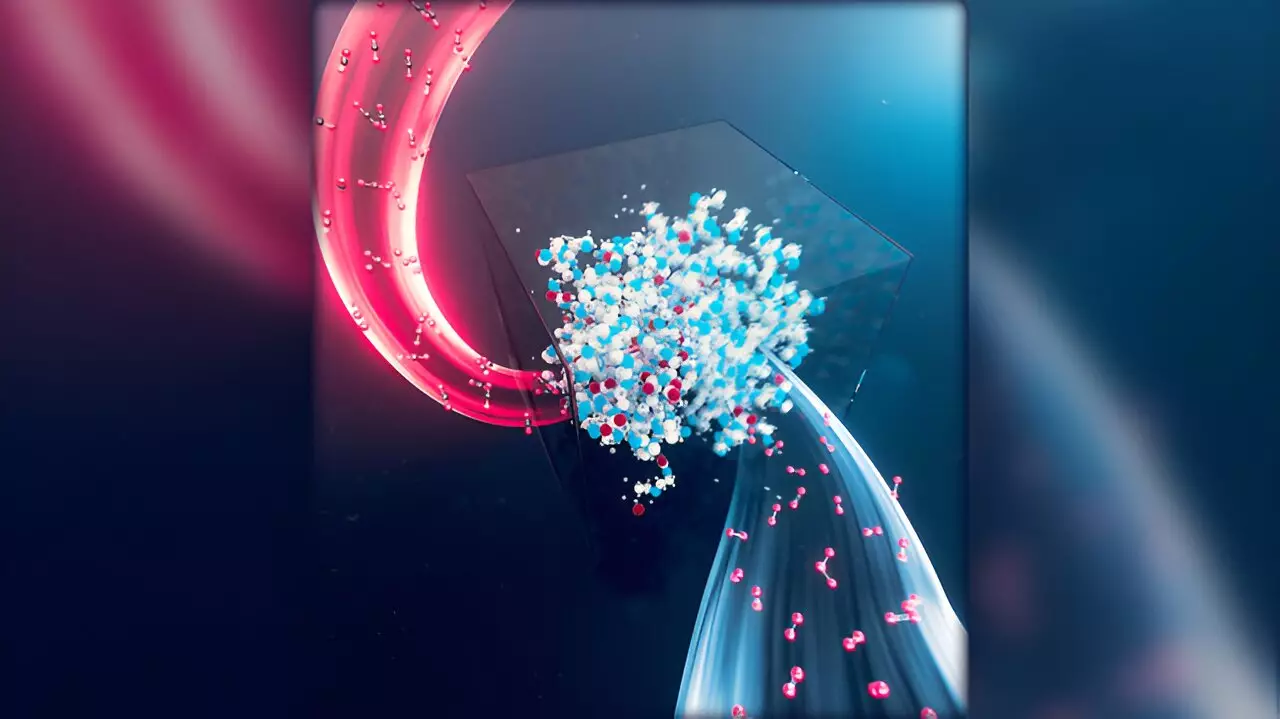In the ongoing battle against climate change, the need for innovative technologies in carbon capture has become paramount. Among these, direct air capture (DAC) stands out as a promising approach capable of removing carbon dioxide (CO2) directly from the atmosphere. Recent advancements from researchers at Lawrence Livermore National Laboratory (LLNL) in collaboration with Georgia Tech have yielded insights that could potentially revolutionize DAC technologies, focusing specifically on the stability and efficiency of amine-functionalized porous materials.
Amine-based sorbents are recognized as vital tools in the arsenal against atmospheric CO2, primarily due to their remarkable ability to capture carbon at extremely low concentrations. Despite their efficiency, these sorbents face the challenge of long-term stability under operating conditions. The crucial issue lies in oxidative degradation, which can severely impair the performance and lifespan of these materials over time. The LLNL study has tackled this pressing challenge, revealing key interactions between CO2 and poly(ethylenimine) (PEI) sorbents that have previously gone unexamined.
The research sheds light on the dual role of CO2 in the degradation process of PEI sorbents. Findings indicate that CO2 influences oxidation kinetics in a non-linear fashion, a discovery that elucidates conflicting results reported in earlier studies. Specifically, the research team found that CO2 not only acts as a catalyst for critical oxidation reactions but also interferes with the mobility of polymer side chains, thereby slowing the propagation of free radicals that contribute to degradation. This complex interplay signifies that CO2’s impact is highly dependent on factors such as temperature and concentration.
The implications of this study extend far beyond the realm of theoretical explorations. It provides actionable insights for the design and development of next-generation sorbents, with potential strategies to mitigate oxidative degradation. The researchers propose that enhancing the longevity of these materials could be achieved by modifying polymer compositions, introducing specific additives, or implementing oxide supports that stabilize conditions and reduce acidic environments—key contributors to accelerated oxidation.
The findings from LLNL and Georgia Tech mark a significant step forward in the field of carbon capture technology. By illuminating the intricate dynamics between CO2 and amine-functionalized materials, the research lays the groundwork for creating more resilient and efficient carbon capture solutions. As we forge ahead in addressing climate change, studies like these offer hope for sustainable, cost-effective strategies that can help mitigate the escalating impacts of atmospheric CO2. The ongoing evolution of DAC technology, informed by such crucial research, holds the promise of a greener, more sustainable future.

